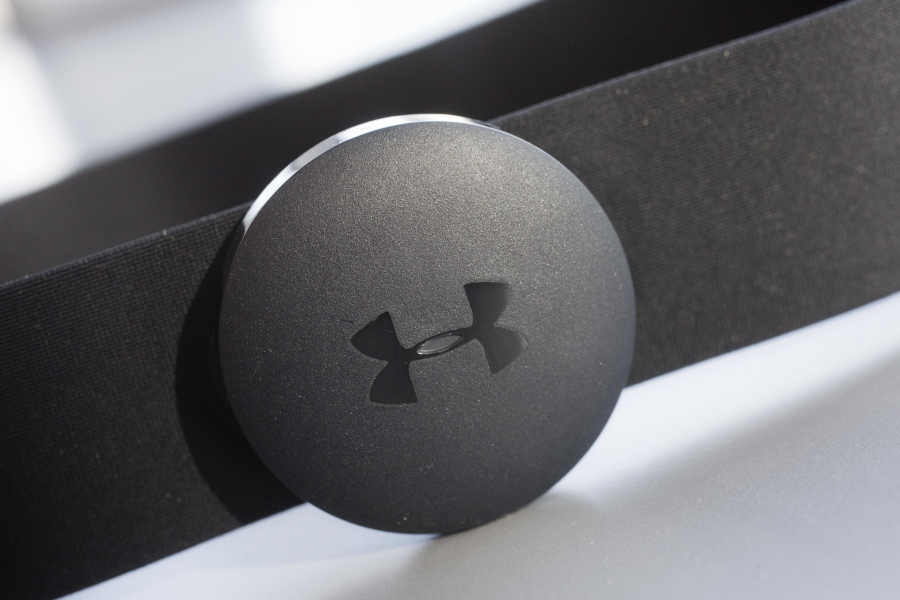BALTIMORE — When Under Armour signed UCLA to a 15-year, $280 million outfitting deal last year, the company’s thinking — like that of a prospective homebuyer — centered largely on location, location, location.
The agreement was a linchpin of the Baltimore brand’s California strategy.
A half-year earlier, its 10-year, $96 million sponsorship of University of Wisconsin athletics helped Under Armour shore up the Midwest after the signing of heavyweight Notre Dame in 2014.
In its 21st year, the Baltimore-based company says it may never overtake its biggest competition — Nike remains far and away the leader — in numbers of schools signed. Nor does it say it needs to. Rather, the company insists it can succeed with a targeted approach based on identifying the most suitable partners — and geography plays a significant role.
“We’re like this with every sport,” said Ryan Kuehl, Under Armour’s senior vice president for global sports marketing. “We’re never going to be the brand with the most athletes or the most schools, most entertainers — that’s not who we are. We want the right ones, the ones with the high character and the elite talent, that have a certain flair that people want to follow and are interested in.”
It also needs its endorsers to be located in opportune places if it is to continue to expand and fortify its brand.
“UCLA was a big sign for them, Cal (Berkeley) maybe not quite as big,” said Bob Dorfman, executive creative director at Baker Street Advertising in San Francisco. “They are aggressive. They are moving in on Nike’s turf.”
While Under Armour, which is expected to move into newly remodeled offices south of downtown Portland in spring, has signed a handful of big names in the past few years, gaps remain in its U.S. map.
It has just one university, Texas Tech, in populous, athletics-rich Texas, none in Arizona and would seem to need to reinforce its profile in the Southwest. Large state schools — such as the University of Texas, under contract to Nike — are particularly valuable because of their vast alumni networks and fans’ allegiances.
Under Armour also would like to make inroads in Nike’s homeland, the Northwest, where Oregon, Oregon State, Washington and Washington State are all affiliated with the Beaverton, Ore.-based athletic brand.
“Southwest and Northwest would be two areas you’d want to try to fill in,” Kuehl said. “If you can get to the point where you have two, three or four schools per conference, that’s probably plenty. You don’t need to have 10 of 12.”
Kuehl called Under Armour’s college approach “selective.” Analyst T.J. Brightman referred to it as “strategic.”
“Creating partnerships with the likes of Auburn, Notre Dame, Navy and most recently UCLA, Wisconsin and Cal has introduced the brand to many in other parts of the country,” said Brightman, president of A. Bright Idea, a public relations and marketing firm with offices in Bel Air and Sonoma, Calif.
Under Armour and its rivals use sponsorship agreements to raise brand awareness region by region. The university deals provide exposure when the teams play games, particularly on national television. The partnerships also connect alumni and fans — many predisposed to wearing the school colors — to Under Armour-branded gear.
Athletic apparel is a $135 billion industry, according to a 2014 study by sports marketing consultant Jonathan Jensen and others.
The exposure that outfitters receive during televised games “is particularly desirable due to consumers’ avoidance of commercials and use of digital video recorders,” said the study published last year in the journal Marketing Intelligence & Planning.
Success varies
Under Armour’s success in the college market varies across sports, regions and divisions.
In last year’s NCAA men’s basketball tournament, Nike provided uniforms for 41 entrants, Adidas for 14, Under Armour for 10 and Russell Athletic for three.
In college football’s top conferences, Under Armour also lags behind but has made some big moves.
In the Big Ten Conference, Under Armour has three of the 14 schools (Maryland, Wisconsin and Northwestern). Adidas has two (Indiana and Nebraska) and Nike has the rest, including powerhouses Ohio State and Michigan.
Under Armour also has three schools in the Pac 12 (Utah, UCLA and California, the latter two beginning in July) and Adidas has one (Arizona State). Nike has the remainder.
The balance is similar in the Southeastern Conference, where Under Armour has Auburn and South Carolina, Adidas has Texas A&M and Mississippi State and Nike has the other 10 schools. Under Armour has just one school (Boston College) in the Atlantic Coast Conference — Nike has nine, including national football champion Clemson — but is well-established in most of the region because of its Baltimore roots.
“Nike is still dominant, as they outfitted all 12 participants in the first three years of the College Football Playoff,” Jensen said. “However, Under Armour has been successful in getting a number of schools to switch, most notably Notre Dame, UCLA, Cal and Wisconsin, and Adidas was able to secure Arizona State and Miami.”
As college sports have proliferated, Nike — pushed by its rivals — “has had to step up over the past year or so and finally devote a considerable amount of their marketing funds towards premier schools like Michigan, Ohio State and Texas,” Jensen said. “Under Armour and Adidas have forced them to open their checkbooks like never before.”




